Is Wearing Leather Like Wearing Fur?
The animals killed for fur and leather aren't so different...
Animals killed for fur like foxes, racoon dogs, rabbits and other animals are not so different from animals killed for leather like cows, sheep and goats.
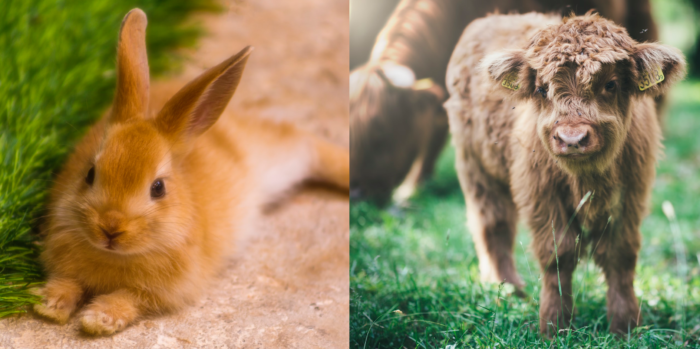
While fur and leather are very similar in that they both are skins of slaughtered animals, there are three main differences between them…
1 One skin still has fur attached, the other skin does not
Fur jackets, pom poms and other products very clearly look like the animals they came from, but this is not the case with leather.
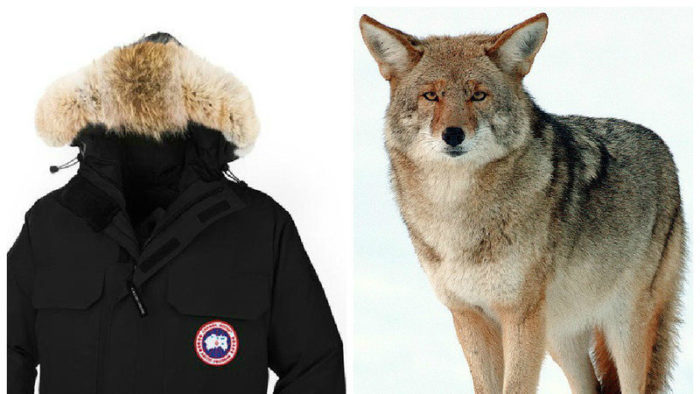
Leather products go through many processes before they look the way they do. An animal such as a cow is bred, raised, sent to slaughter and skinned.
After their skin is fleshed and the fur removed, it is put through many processes and tanned, most often with chromium and other toxic chemicals.
After all this, skin doesn’t really look like skin at all.
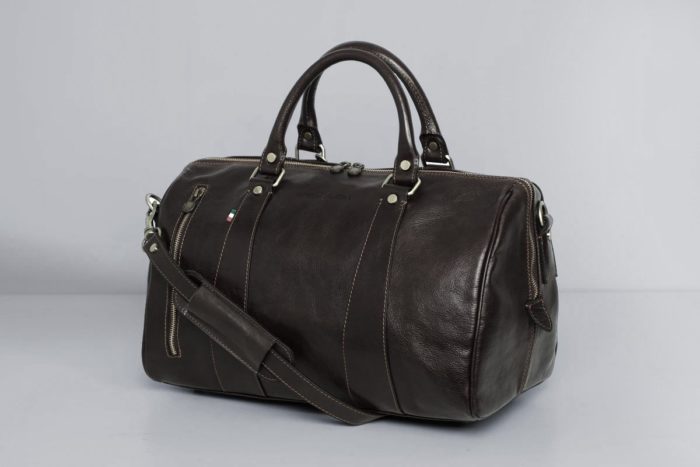
It is much easier to disconnect from the reality of who we are wearing, if we don’t have visual reminders, as we do with fur.
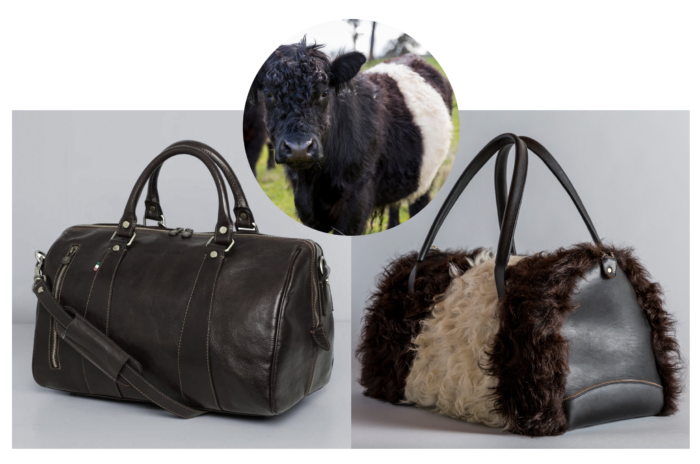
2 One is more socially acceptable than the other
Many people feel that it is morally unacceptable to wear the fur of an animal, but wear leather regularly.
Why is it that wearing animal fur is immoral, but wearing animal skin is not?
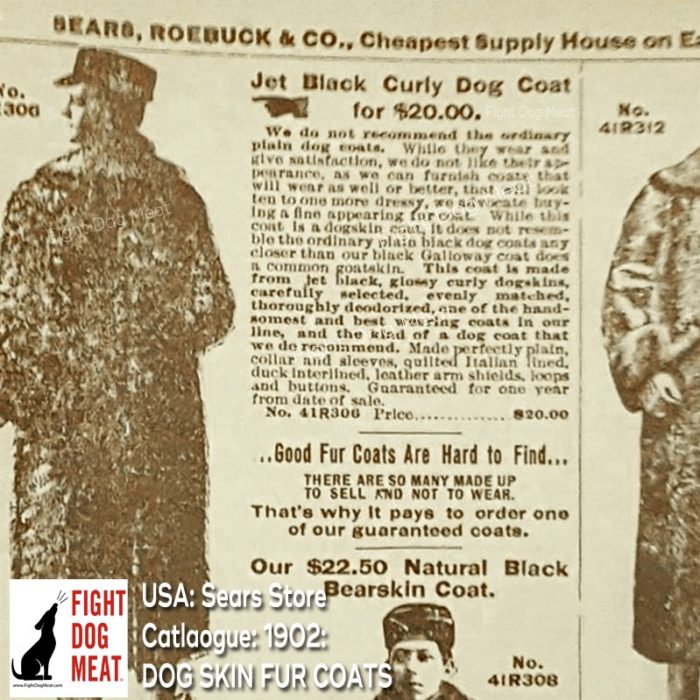
Source: Fight Dog Meat
This view is generally held because animals like minks and raccoon dogs are considered more important, more deserving of respect and safety than cows or sheep.
We have been raised and conditioned to think that farmed animals exist for the purpose of being killed, eaten and worn.
We used to believe this was the life purpose for animals killed for fur, too, but a cultural shift means that many of us no longer accept this.
One animal is no more or less deserving of their life or of safety than other.
A BBC report that shared the friendship of a rabbit and a family of sheep. Sheep are exploited for their skin, wool and flesh. Rabbits are exploited for their fur and flesh, yet are also kept as beloved companion animals. These sheep will be slaughtered, but this rabbit will not.
3 Animals killed for leather are killed for meat, too
Cows are exploited not only for their skin but for their flesh (meat) too, unlike animals like minks who are farmed often exclusively for their fur. This industry differentiation is often used to argue the acceptability of wearing cow skin leather products.
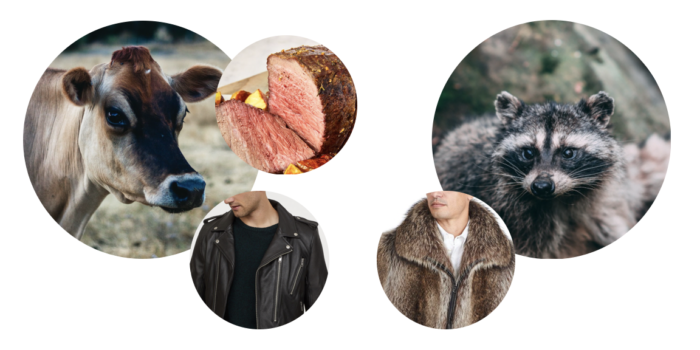
The ‘by-product’ argument that justifies the use of leather as though it were an otherwise discarded and wasted material from the meat industry is incorrect.
Buying leather financially supports animal slaughter and is defined by Meat and Livestock Australia as a co-product, not a by-product. Skins are extremely valuable to meat and dairy industries and without the profits from skin sales the industry has experienced enormous financial loss.
Regardless, would slaughtering racoon dogs, foxes or minks be considered more ethical by the general public if we ate these animals as well as wearing them?
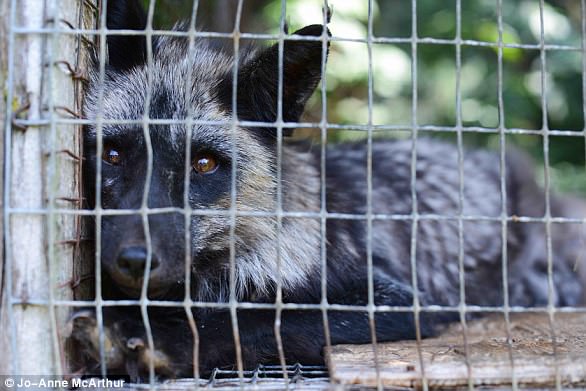
If we choose to see the reality of wearing animal skins, and recognise that wearing leather, just like wearing fur, means paying for an animal to be killed, it is clear that the kindest decision is to wear cruelty-free clothing instead.
There are plenty of clothes that are animal free, that look even better than wearing animal skin.
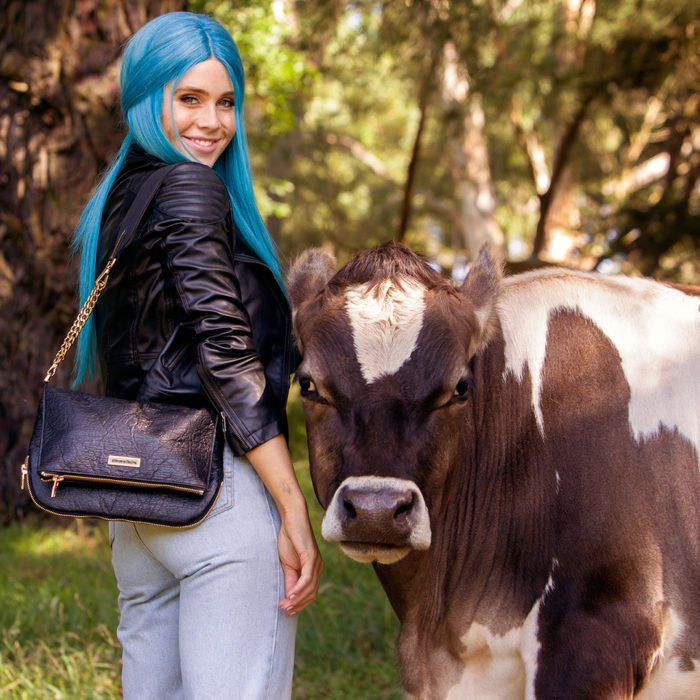
Pledge to go leather-free
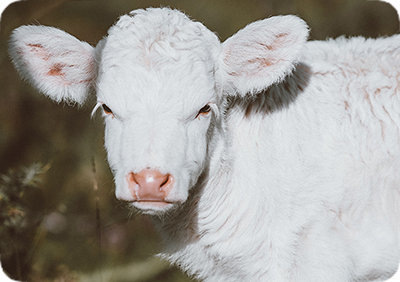
Ethical fashion does not involve paying for the slaughter of animals. By entering a few details below, you can commit to a kinder world and pledge to say 'no' to leather when you shop!
As thanks, we'll send you an e-mail containing discount codes for leather-free products from vegan brands, as well as further information to help you on your way.
Related Articles
-
Shopping Leather Free!
There is no reason to wear someone else's skin now that we can wear an array of vegan materials!
-
WATCH: Leather Truth
Featuring our animal loving ambassador, DJ Tigerlily
-
What Leather Really Looks Like
The gross and gruesome reality behind shiny new leather shoes...
-
17 Reasons To Wean Yourself from Milk Today
Dairy is scary...
-
Dressing Vegan For The Planet
Animal agriculture is a leading cause of global warming, water usage, oceanic dead zones, land clearing, and species extinction. We save lives and the planet when we don't wear animals.
-
16 Reasons To Stop Wearing Wool
It's a common misconception that the wool industry is harmless, but that couldn't be further from the truth...